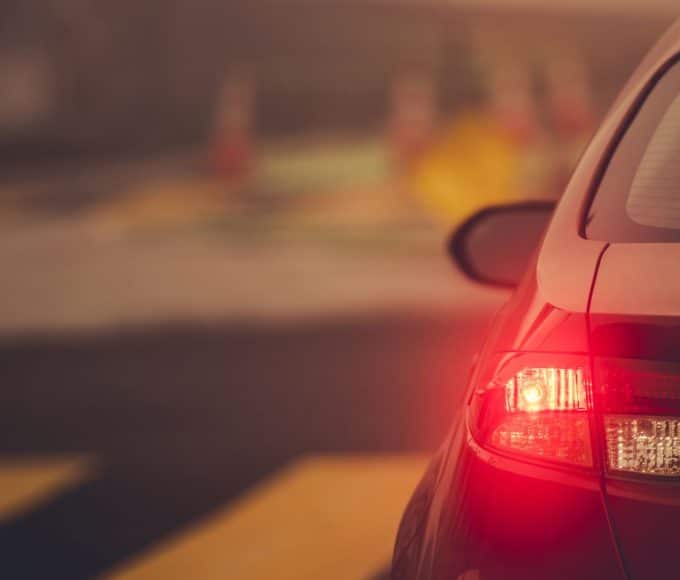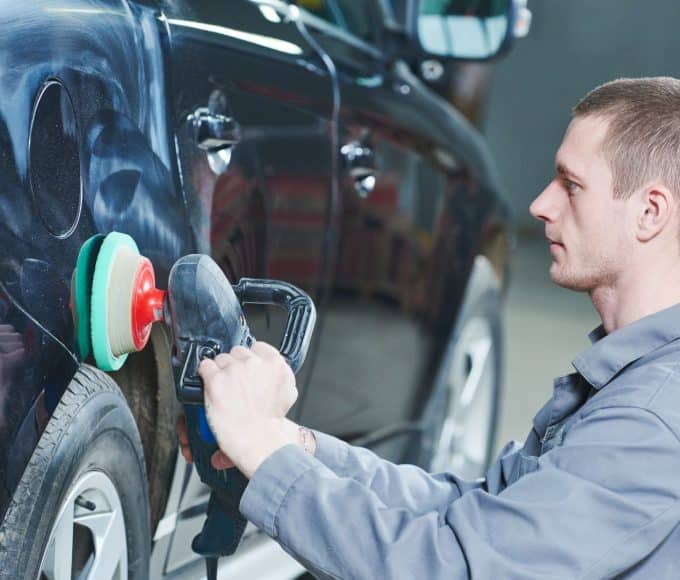 Google’s driverless car uses a GPS, motion sensors and the LIDAR system in order to determine the route to take, the presence of other vehicles and pedestrians, the speed limit and the color of traffic lights. Even though this technology might seem unsafe to some consumers, the Google team has logged more than 300,000 successful miles. In fact, these vehicles have only been involved in two accidents, and neither of them was caused by the driverless technology.
Google’s driverless car uses a GPS, motion sensors and the LIDAR system in order to determine the route to take, the presence of other vehicles and pedestrians, the speed limit and the color of traffic lights. Even though this technology might seem unsafe to some consumers, the Google team has logged more than 300,000 successful miles. In fact, these vehicles have only been involved in two accidents, and neither of them was caused by the driverless technology.
Can I Still Drive the Car?
When some people hear the phrase driverless car, they assume that they will not have the ability to take control of the vehicle’s actions. However, the Google car can be operated just like any other vehicle that is on the road. In fact, one of the two accidents that it was involved in was caused by the actions of a driver who was using the car in manual mode. The second accident occurred when another driver rear-ended Google’s car while it was at a stoplight. Even if you have the driverless technology engaged, you will be able to quickly take control of the vehicle by turning the wheel or tapping the break.
Are Driverless Cars Legal?
There are currently three states that legally allow driverless technology on their roads: California, Nevada and Florida. Each of these states passed the law after lobbying from Google. Although they were never cited for breaking the law, Google actually started test road testing their first driverless car before it was legal to do so. The company now has approximately 12 cars on the road, but they have no immediate plans to make them available to consumers.
Who is Responsible for an Accident?
Quoting the website of a respected Maryland car accident lawyer, “Injuries from accidents can be severe, debilitating, and expensive to treat.” Although it is unknown exactly how the mass production of driverless cars would impact the law, many people assume that the person who is in the vehicle would still be held responsible for an accident that was initiated by the car. After all, this new driverless technology is supposed to help you safely get from point A to point B, but it is still necessary to monitor the vehicle’s actions.
The fact that Google has driven over 300,000 miles without the technology causing an accident is extremely impressive. However, it is likely that accidents will occasionally occur due to glitches with the LIDAR system if these cars become commercially available. Whether or not Google could be held responsible for these accidents remains to be seen, but it is fair to assume that the company would take steps to protect it against lawsuits. It seems likely that if someone is hurt in a driverless car accident, the injured party might still need to file a personal injury lawsuit against the person who was actually sitting inside the vehicle.
Author Shelby Warden writes articles to point out new legal issues. The Maryland car accident lawyer firm of Price Benowitz LLP understands the long term implications of injuries sustained due to the negligence of another. Their attorneys are devoted to protecting your livelihood both now and in the future.












